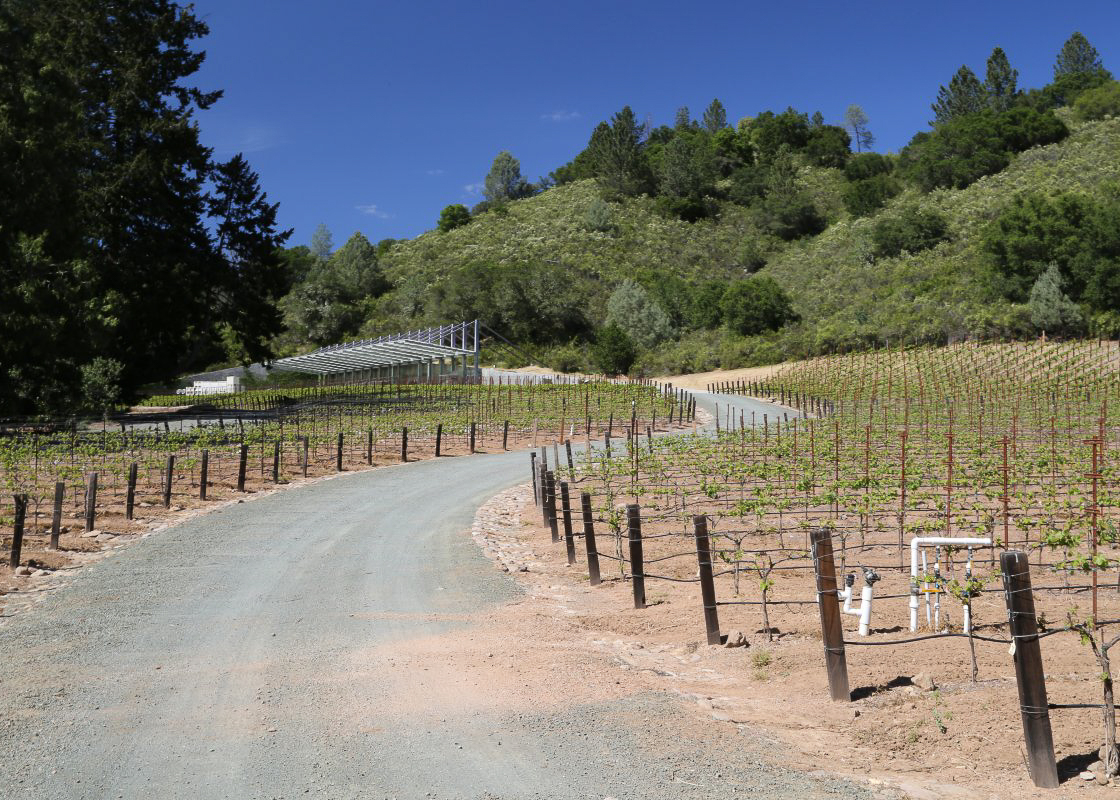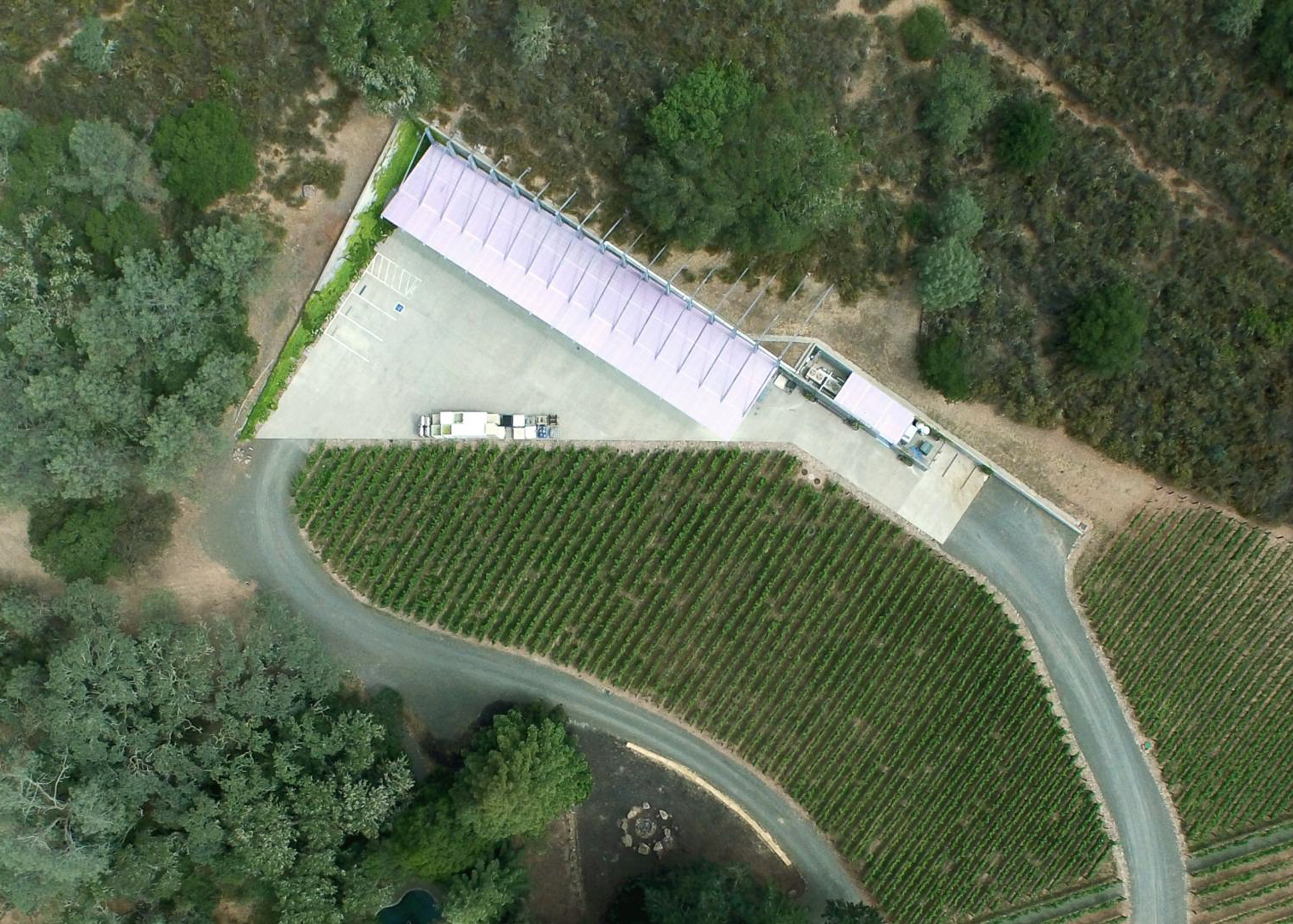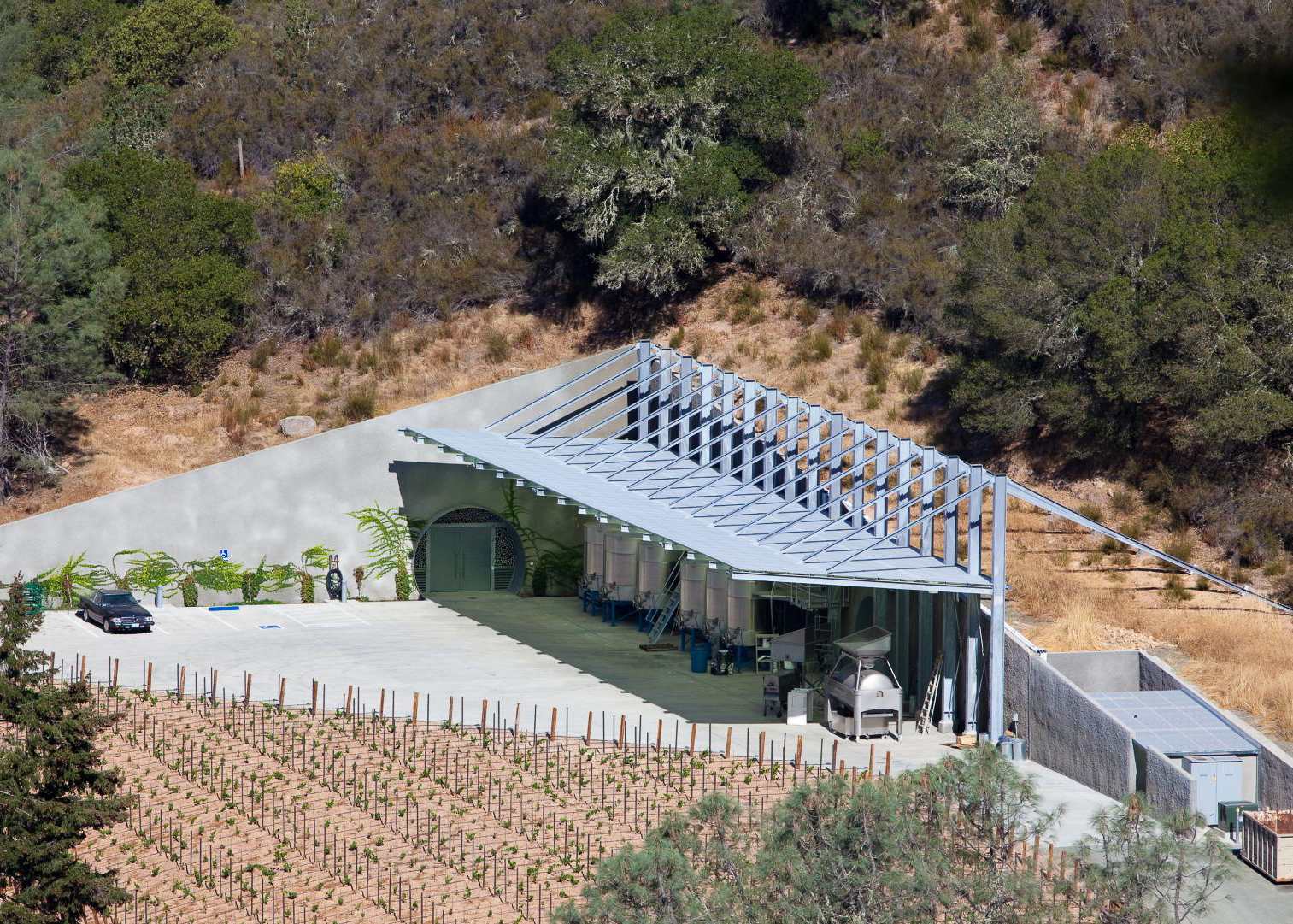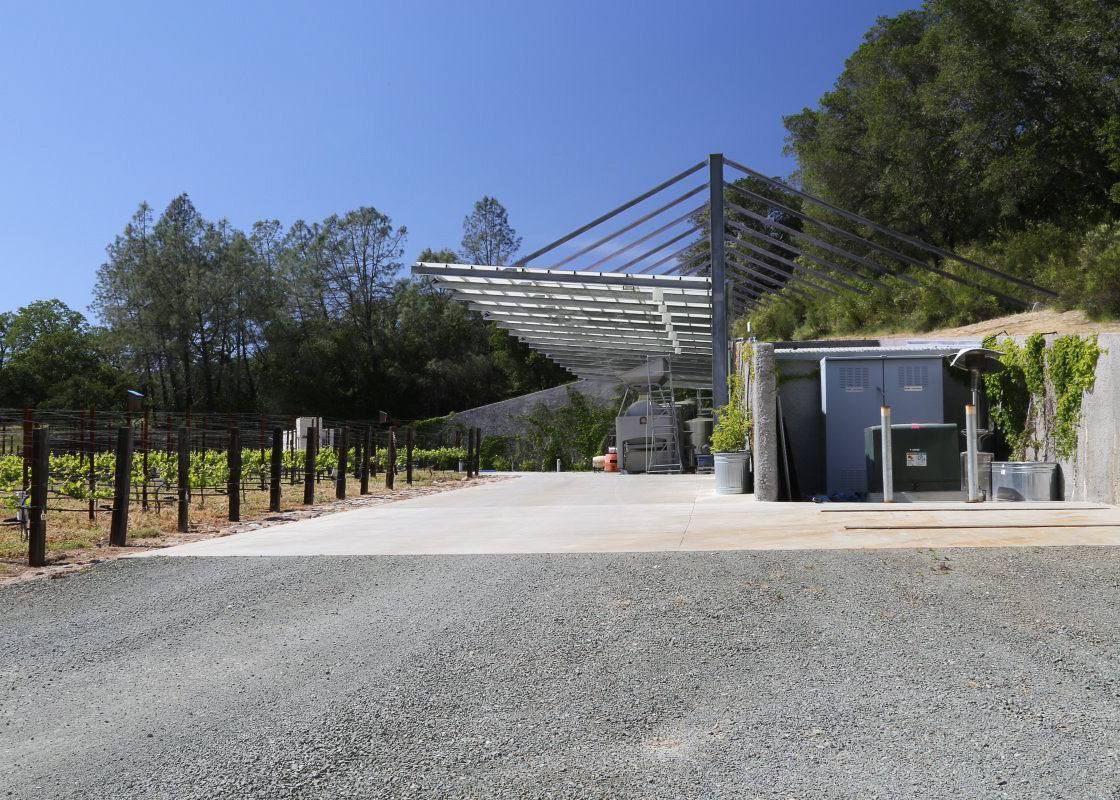Hourglass Winery
Hourglass Wine produced their first vintage in 1997 and for many years their entire production was from the single 4 acre Hourglass Vineyard just north of St. Helena. Today they own two vineyards – the original estate Hourglass Vineyard (purchased in 1975) and the Blueline Vineyard in the Calistoga sub appellation (purchased in 2006). Pairing the wisdom, skill and artistry of the winemaking team and the soul of the dramatic vineyards, Hourglass wines are modern and simply elegant. Their goal is to capture the essence of two of Napa Valley’s most expressive vineyard sites in bottled form.
Hourglass Wine produced their first vintage in 1997 and for many years their entire production was from the single 4 acre Hourglass Vineyard just north of St. Helena. Today they own two vineyards – the original estate Hourglass Vineyard (purchased in 1975) and the Blueline Vineyard in the Calistoga sub appellation (purchased in 2006).
The Smith family has lived in the Napa Valley since the mid 1960’s and today Hourglass is owned by Jeff Smith and his wife Carolyn. Jeff’s father Ned Smith was a real estate developer and broker and had the foresight to recognize that people would be captivated not only by the scenic beauty of the Napa Valley but also by the wines produced from this region. Two of his most famous land transactions were to iconic wineries; he found and showed property that would eventually become the nearby Grace Vineyards (Dick & Ann Grace) and Stags’ Leap Winery (Carl Doumani).
Aside from managing the vineyards and discussing viticulture Jeff’s other passion is terroir and geology. The name “hourglass” is an appropriate name for the original estate vineyard. During Jeff’s early involvement with this vineyard he realized he needed to introduce someone to the site who was trained in viticulture and who also had a background with the soils of the Napa Valley. Dr. Mark Kliewer (who was Dean of the viticulture program at UC Davis) visited the property and proclaimed this vineyard as potentially one of the great vineyard sites in the Napa Valley; it was Dr. Kliewer who described the location as being the middle of an hourglass. If one looks at the Napa Valley from a birds eye view the valley pinches down just north of St. Helena and then opens up again to the north. Their vineyard is located right at this geographical narrowing between the Mayacamas mountains to the west and the Vaca mountains to the east.
As a result of this unique location – there is a fairly large diurnal swing in daily temperatures during the summer. The warmer part of the valley to the north combined with the cooler part of the valley to the south creates afternoon breezes and wind currents over the vineyard. In addition the vineyard tends to hold the fog later in the morning. So what does this all mean to the vines? Because of the unique location the grapes tend to hang on the vine longer and their ripening is slowed down leading to balanced evenly ripened fruit.
Having a rock component to the soils is a very important aspect of great hillside vineyards and Hourglass certainly has this in both their vineyards. The Hourglass Vineyard is composed of a fractured bedrock which extends under the vineyard jutting out as a single arm from the Mayacamas mountains. The Hourglass vineyard is also located in a great “wine” neighborhood; nearby neighbors include Grace Family, Vineyard 29, and Colgin’s Tychson Hill property.
The newest acquisition is the 20 acre Blue Line Vineyard located on a 40 acre piece of property along the Silverado Trail south of Calistoga. Jeff spent several years looking for a second vineyard to complement their Hourglass vineyard and at one point called off his search as it was becoming too difficult to find a desired piece of property. One day he saw property for sale while making a drive to the nearby dump. He stopped and walked the land – and realized this would be an excellent addition to their vineyard portfolio. Similar to the Hourglass Vineyard the Blueline Vineyard is mineral rich but nutrient poor. Jeff knew they had a good vineyard site during a particularly rainy winter when walking the property he saw very little mud building up – the site features rocky (river cobble) porous soil that is very well drained. Driving into this property, one will easily see all the rocks lining the soils at the base of the vines. This vineyard is planted to five Bordeaux red varieties including Cabernet Sauvignon, Cabernet Franc, Merlot, Petite Verdot and Malbec.
This name is again a geographical reference as “blue line” is the line on US Forest service maps to indicate riparian zones including creeks and in this case is named after the two creeks on the property. These creeks connect to the Napa River and incidentally are spawning creeks for Salmon (fingerlings) which remarkably make it this far from the San Pablo Bay to the south of the Napa Valley.





